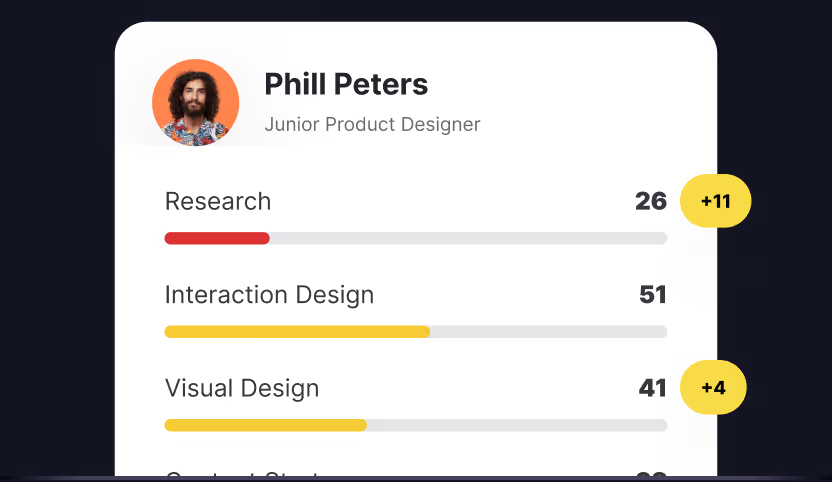My background
As a Product Designer for a leading e-commerce management platform, I handle everything from user research and analysis to wireframing and prototyping. My role demands balancing business objectives with user needs, collaborating with product managers to identify pain points, and developing strategic roadmaps. My journey into UX began with Adobe XD's initial launch, which sparked my fascination with design's potential to transform digital experiences.
My challenge
Despite working on various projects as a graphic and web designer, I faced several obstacles in advancing my UX career:
- Expertise validation: Without formal credentials, demonstrating my UX knowledge was challenging
- Professional credibility: In a competitive market, distinguishing myself required more than just portfolio work
- Skill verification: I needed objective validation of my abilities across the UX spectrum
- Learning structure: Finding organized, comprehensive resources consumed valuable time
Finding my solution
I discovered Uxcel through LinkedIn and was immediately drawn to their weekly A/B practices and quizzes. I was thoroughly impressed. With Uxcel, there's no need to spend endless hours searching for relevant courses online because they have already done the hard work of collecting well-structured courses in one place.
The platform's approach to learning resonated with my needs in several key ways:
I found the platform's gamification to be captivating; it made the learning process both easy and enjoyable. The courses cover the most relevant design topics, including user research, wireframing, UI components, design patterns, and mobile design, among others.
What particularly impressed me was the comprehensive assessment system. You can now study a course and then take a relevant assessment to verify your knowledge. Although the assessments are thorough and challenging, passing them gives you a great sense of accomplishment.
Pursuing professional certification
The logical next step in my learning journey was Uxcel's Professional UX Design Certification. Obtaining a professional UX design certification presents an excellent opportunity for designers to showcase their expertise and demonstrate their ability to compete in the market.
Although initially uncertain about earning the certification, I decided to attempt it anyway. The examination process was rigorous and comprehensive, covering diverse design topics that challenged my knowledge across the UX spectrum.
Tangible career impact
The certification has delivered meaningful benefits both personally and professionally:
- Enhanced market competitiveness: The certification helps me stand out in a crowded field of UX professionals
- Resume differentiation: Certifications are impressive additions to resumes and indicate a commitment to continuous skill development
- Client confidence: Certifications demonstrate to clients and users that a company's employees are highly qualified and capable
- Internal team trust: They foster confidence among the organization's CEO and team leads, who can rest assured that their team members possess the necessary skills
Beyond the certificate
The certification journey itself provided unexpected learning insights. I particularly enjoyed the diverse range of topics covered, while also acknowledging the mental challenge of navigating between different question categories.
For UX professionals looking to advance their careers, professional certification offers tangible evidence of expertise that complements portfolio work. By providing third-party validation of skills, certification helps bridge the credibility gap that many designers face when seeking new opportunities or responsibilities.
The combination of structured learning and verified certification has transformed not only how I approach my work but how others perceive my capabilities, creating new pathways for career advancement and professional growth.


